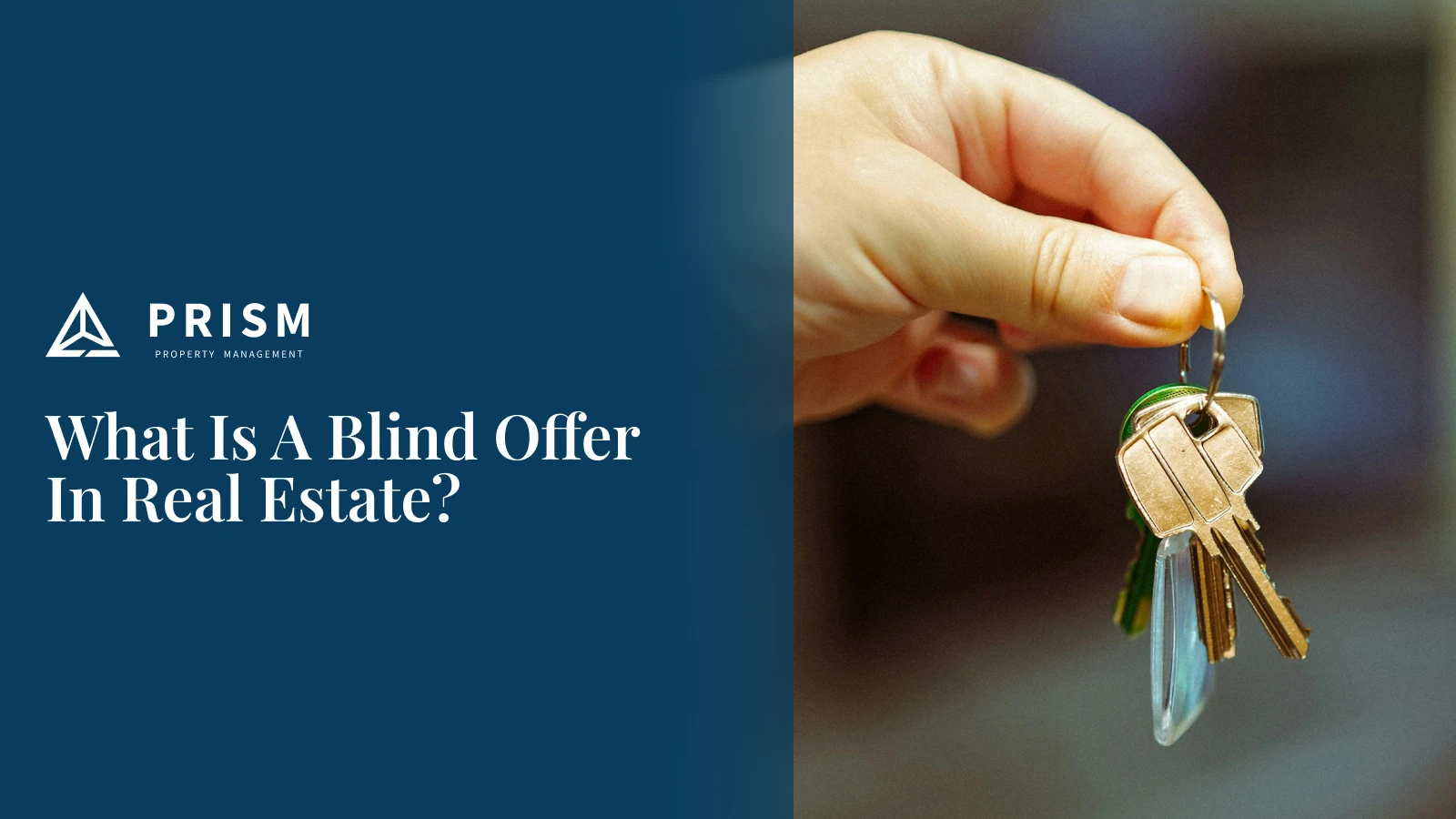Sometimes it is not possible for an investor to see a property personally for various reasons. The process of making an offer without a personal inspection is called a blind offer. It can happen for a number of reasons, from personal unavailability to a careful strategy by a conglomerate (another business).
A blind offer is an offer to buy a property without personal inspection. It can be perceived as an unusual process, due to the established experience of individual buyers examining a property, but it is not always a bad practice. Quite the opposite: blind offers have become more popular in recent years. They are more common in competitive market areas, where investors from different places compete to be the first to invest.
History of blind offers
Traditionally, blind offers were the practice of companies and investors located at a distance from the property. This changed during the COVID-19 pandemic, when people were restricted in their personal travel. Regular buyers, unable to see the property in person, were forced to make a “sight unseen” purchase. Sellers were forced to adapt by offering virtual tours, videos, photos, and even “FaceTime” calls, all to make life easier for potential buyers. Today, blind offers are more widespread due to the overall tendency of businesses to go online (real estate is not an exception), but there are some factors you should be cautious about.
Risks of blind offers
For a buyer, there are hidden dangers of making a blind offer, such as:
- Inability to check materials, construction quality, and state of the property.
- Risk of overpaying for an overvalued property.
- A possibility of an allergic reaction due to unforeseen allergens.
To avoid these dangers, you need to work thoroughly with your agent. Video tours of the home are only the bare minimum. Thorough analysis of the neighborhood and comparable prices, and close work with your agent, are important. Gather as much information as possible, to make an informed offer and not overpay.
For a seller, blind offers are a way to simplify the selling process. It is easier to review 10 offers than to do 10 real house tours. However, there is a higher risk of the deal falling through, as the buyer can change his mind after a real-life inspection.
How to make a safe blind offer for a property purchase?
Even with blind offers being somewhat risky, the main principles are the same as in traditional purchases: thorough evaluation of the property’s condition and neighborhood, correct price bidding without overpaying, and careful decision-making. Purchasing a property is an emotional process, so don’t rush and make rational decisions.
